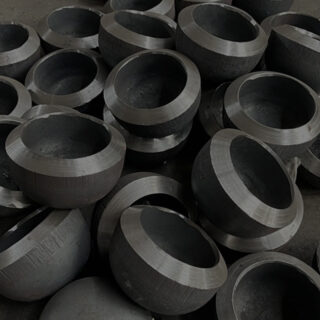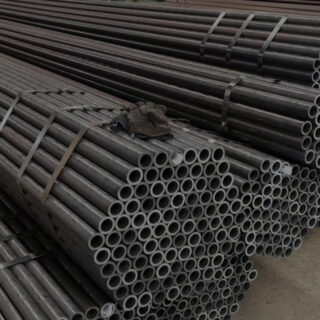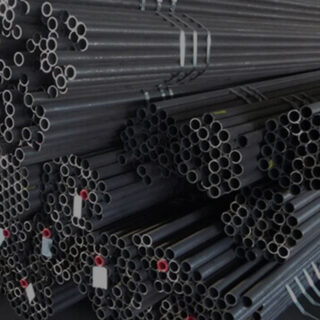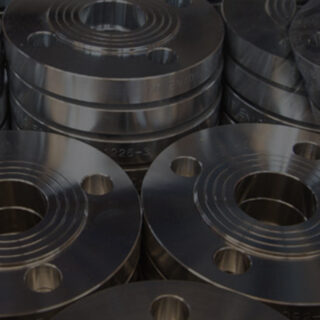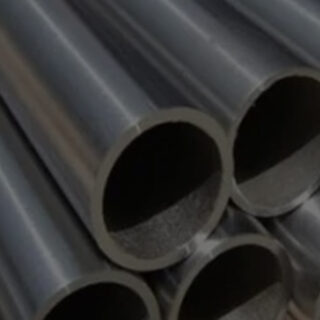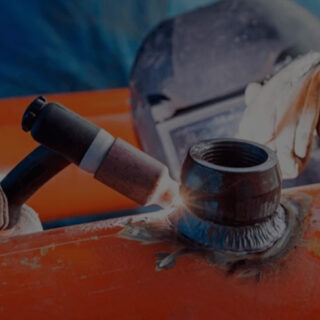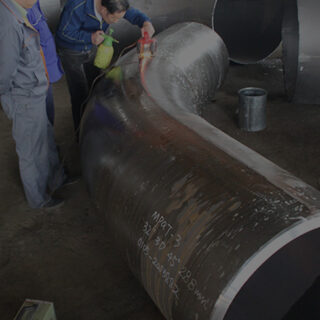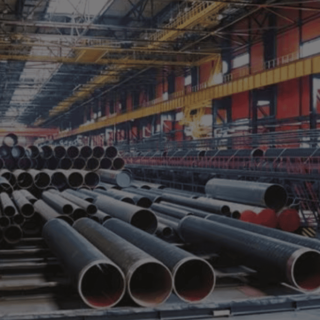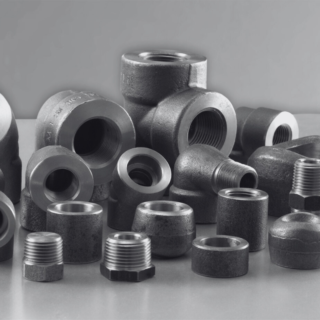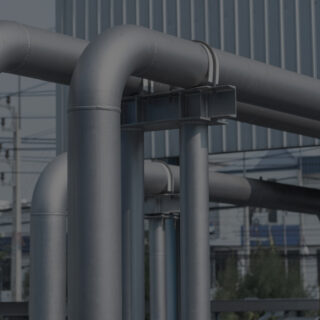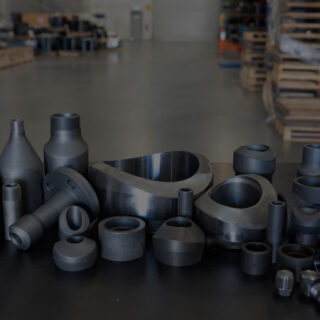
When it comes to the intricate world of piping systems, ensuring a robust and reliable connection is paramount. Stainless steel branch connections are an essential component in various industries, playing a critical role in branching off from the main run of a pipe. These fittings ensure the flow of fluids or gases is efficiently distributed across a network, maintaining the integrity and performance of the entire system. But what exactly are these fittings, and why are they so vital?
In this blog, we’ll delve into the main types of stainless steel branch connections, their applications, and the reasons why they are preferred in industries ranging from oil and gas to chemical processing
Understanding Stainless Steel Branch Connections
Branch connections are a category of pipe fittings used to create a branch from the main pipeline. They allow for the extension or diversion of the flow of media through pipelines, which is crucial in complex piping systems. Stainless steel branch fittings are particularly popular due to their exceptional resistance to corrosion, durability, and strength, making them suitable for harsh environments
The quality of the material used in these fittings ensures that they can withstand high-pressure and high-temperature conditions, making them a go-to choice for industries where reliability is non-negotiable
The Main Types of Stainless Steel Branch Connection Fittings
There are several types of stainless steel branch connection fittings that cater to different requirements within piping systems. Each type has its unique design and application, and understanding these can help in selecting the right fitting for a specific need
- Weldolet : The Weldolet is perhaps the most popular type of branch connection fitting. It is a butt-weld fitting used to produce a 90-degree branch off the main pipe. Weldolets are applied where the branch diameter is less than the main pipe diameter, thus Weldolets are suitable for branch size reduction. They provide a firm support and are applied in such areas as petrochemical industry where high pressure and high temperature are characteristic.
- Sockolet : Like the Weldolet, the Sockolet is also used for 90-degree branching. However, the Sockolet has a socket weld end and this means that the branch pipe is fitted into the fitting before welding is done. This design is especially effective for small-bore branching and helps to avoid turbulence or pressure drop in the flow path. The sockolets are used in applications where accuracy and free flow are important such as in chemical processing industries.
- Threadolet : The Threadolet is another type of Weldolet but with threaded end. It is employed for branching off from the main run where screw connection is required. It has a threaded design which makes it easy to fix and remove hence making it suitable for use in cases of maintenance and repair. Threadolets are usually applied in low pressure systems or where the piping system will be often disassembled.
- Latrolet : In branch connections that call for an angular offset, the Latrolet is the fitting to use for the connection. It is similar to the Weldolet in construction but is tapered, usually in a 45-degree fashion. Latrolets are applied in systems where the branch pipe has to be connected at an angle due to the presence of obstacles or due to design considerations. They are mostly applied in pipelines that require flexibility in their arrangement, especially in refineries and offshore platforms.
- Elbolet : The Elbolet is designed to create a branch connection from an elbow in the piping system. This fitting is particularly useful when space is constrained, and a direct branch from the elbow is necessary. Elbolets are often used in high-pressure applications where a branch is needed from a curved section of the pipe, ensuring the integrity and flow of the system are maintained.
- Nipolet : The Nipolet combines the features of a Weldolet and a nipple, offering a compact solution for branching off from the main pipe. It’s used for both welded and threaded connections, making it versatile for various applications. Nipolets are often used in tight spaces where a shorter branch fitting is required, such as in power plants or industrial facilities with complex piping networks
Why Stainless Steel?
The choice of material in stainless steel branch connections fittings is crucial. Stainless steel offers several advantages that make it the preferred choice for branch fittings
- Corrosion Resistance : Stainless steel is highly resistant to corrosion, making it ideal for use in harsh environments where exposure to chemicals, moisture, or extreme temperatures is common.
- Strength and Durability : Stainless steel’s strength ensures that the fittings can withstand high pressures and stresses, ensuring the longevity and reliability of the piping system.
- Temperature Tolerance : Stainless steel maintains its integrity across a wide range of temperatures, making it suitable for both hot and cold applications.
- Hygiene : In industries like food processing or pharmaceuticals, where hygiene is paramount, stainless steel is the material of choice due to its ease of cleaning and resistance to bacterial growth

Conclusion
In conclusion, stainless steel branch fittings are integral to the functionality and efficiency of complex piping systems. The various types of fittings, from Weldolets to Nipolets, cater to different needs and applications, ensuring that the right branch connection is available for every scenario. The durability, strength, and corrosion resistance of stainless steel make it the material of choice for these fittings, providing peace of mind in industries where reliability is critical
Whether it’s a high-pressure oil refinery or a delicate chemical processing plant, stainless steel branch connections offer the assurance of quality and performance, making them indispensable in modern piping systems
You can Contact Citizen Pipe Fittings at sales@citizenpipefittings.com to know more about Stainless Steel Branch Connections and how they can be used in various industries.


















